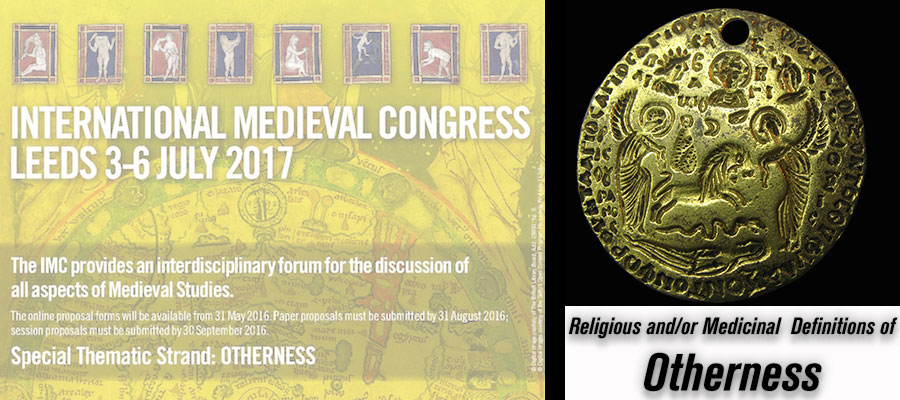Religious and/or Medicinal Definitions of Otherness, session at the 24th International Medieval Congress, University of Leeds, July 3–6, 2017
Religion and medicine were in many ways intertwined in the Middle Ages, both in explaining deviance, illness and impairment as well as in the healing practices. They are not anymore seen as competing but rather as supporting, even complementing each other. Both religion and medicine had their own ways of defining the undesirable, which could lead to the construction of ‘The Other’ – be it disability, mental disorder, or heterodoxy. Some features, like lunacy, leprosy, impotence, or infertility were in the nexus of both religious and medicinal explanations. Both religion and medicine could also offer methods for cure and ways to integrate the deviant persons back into a community. The interconnection of both concepts can be found, for example, in hagiography, sermons, medical treatises and herbals. These sessions aim to analyse healing as cultural practice; the focal questions are how religious and medicinal explanation intermingled in the construction of ‘the Other’ and in what ways they complemented or competed in explaining, categorizing and treating different spiritual, mental and bodily conditions. We aim at organizing a double session focusing on following questions:
- Role of medicine and/or religion in constructing the Other
- Role of medicine and/or religion in experiences of the patient
- Religion and medicine – rivalling, complementing or symbiotic?
- Treating the patient, curing the ailment – integration or permanent marginalization?
- Faith healing and placebo – synonyms, interconnection, anachronisms?
We encourage proposals sensitive to temporal and/or geographical changes focusing on various cultural levels and social contexts.
Organizers
Jenni Kuuliala, Trivium, Tampere Centre for Classical, Medieval, and Early Modern Studies
Sari Katajala-Peltomaa, Trivium, Tampere Centre for Classical, Medieval, and Early Modern Studies
